東北6まつり紹介
HOME > 東北6まつり紹介
青森ねぶた祭
七夕祭りの灯篭流しの変形ともいわれる青森ねぶた祭。
22団体の大型ねぶたが囃子とハネトとともに出陣します。
●開催日は毎年8月2日~7日。
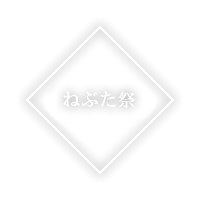
秋田竿燈まつり
真夏の病魔や邪気を払う、ねぶり流し行事として宝暦年間からの歴史を持つ秋田竿燈まつり。
高さ12m、重さ50kgもの竿燈を操る妙技は圧巻です。
●開催日は毎年8月3日~6日。
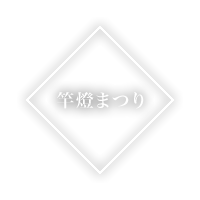
盛岡さんさ踊り
岩手県名の由来ともいわれる三ツ石神社の鬼退治伝説から始まったとされる盛岡さんさ踊り。
和太鼓同時演奏の世界記録を持つ太鼓の音が会場内に響き渡ります。
●開催日は毎年8月1日~4日。
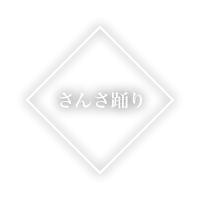
山形花笠まつり
艶やかな踊り手の「ヤッショ、マカショ!」の掛け声が響く山形花笠まつり。
花笠太鼓の勇壮な音色とともに華麗な群舞を繰り広げます。
●開催日は毎年8月5日~7日。
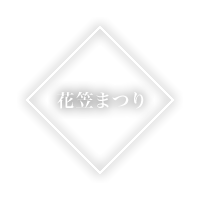
仙台七夕まつり
伊達政宗公の時代より続く、日本一の和紙の祭典「仙台七夕まつり」。
絢爛豪華な七夕飾りが市内全域を美しく彩ります。
●開催日は毎年8月6日~8日。
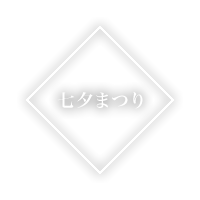
福島わらじまつり
江戸時代から四百有余年にわたり受け継がれた伝統ある「暁まいり」に由来する福島わらじまつり。
日本一と称される長さ12mの大わらじが練り歩きます。
●開催日は例年8月の第一金曜日~日曜日。
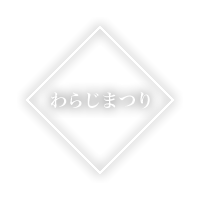
東北四季の彩り&東北絆まつりを応援してます。
[協賛]
※順不同
主催
- 東北絆まつり実行委員会(事務局 仙台市・仙台商工会議所・仙台観光国際協会)
- 青森市
- 秋田市
- 盛岡市
- 山形市
- 仙台市
- 福島市
- 青森ねぶた祭実行委員会
- 秋田市竿燈まつり実行委員会
- 盛岡さんさ踊り実行委員会
- 山形県花笠協議会
- 仙台七夕まつり協賛会
- 福島わらじまつり実行委員会
- 青森商工会議所
- 秋田商工会議所
- 盛岡商工会議所
- 山形商工会議所
- 仙台商工会議所
- 福島商工会議所
※順不同












